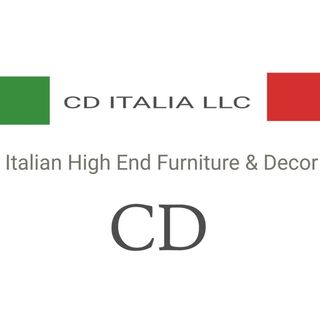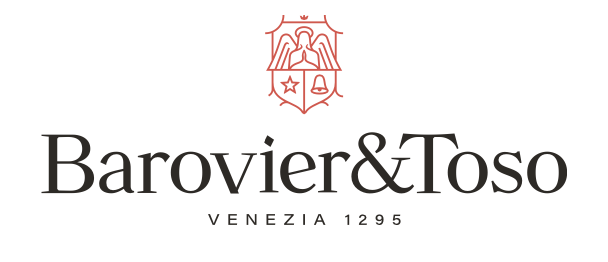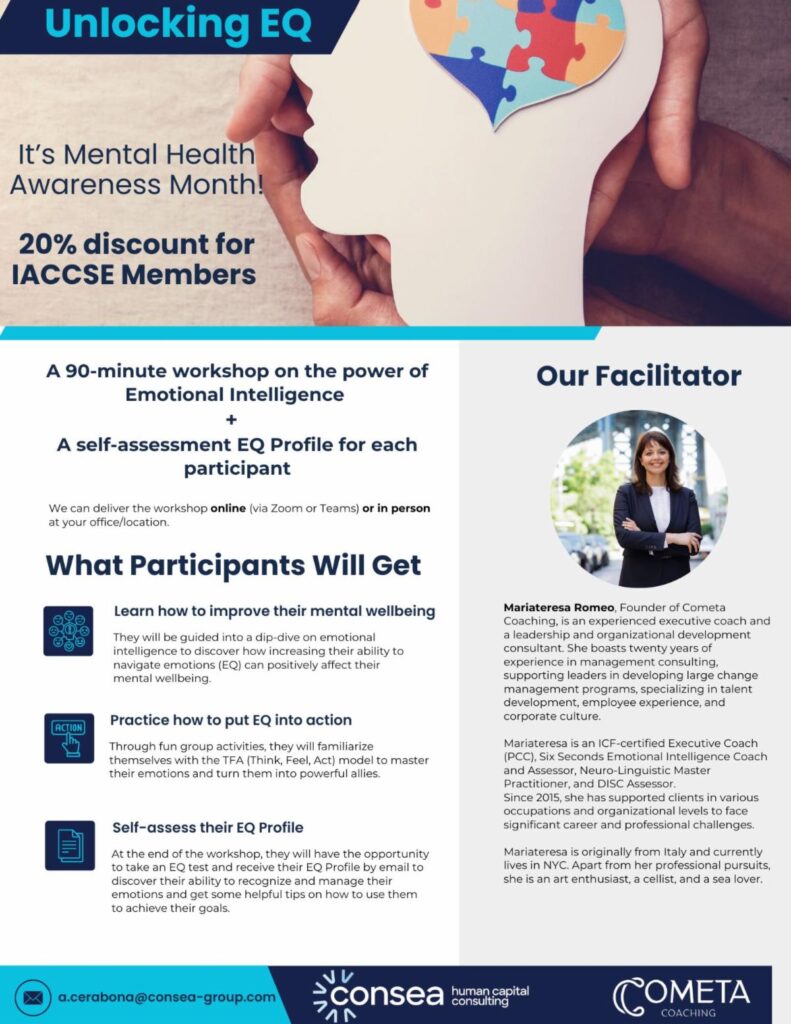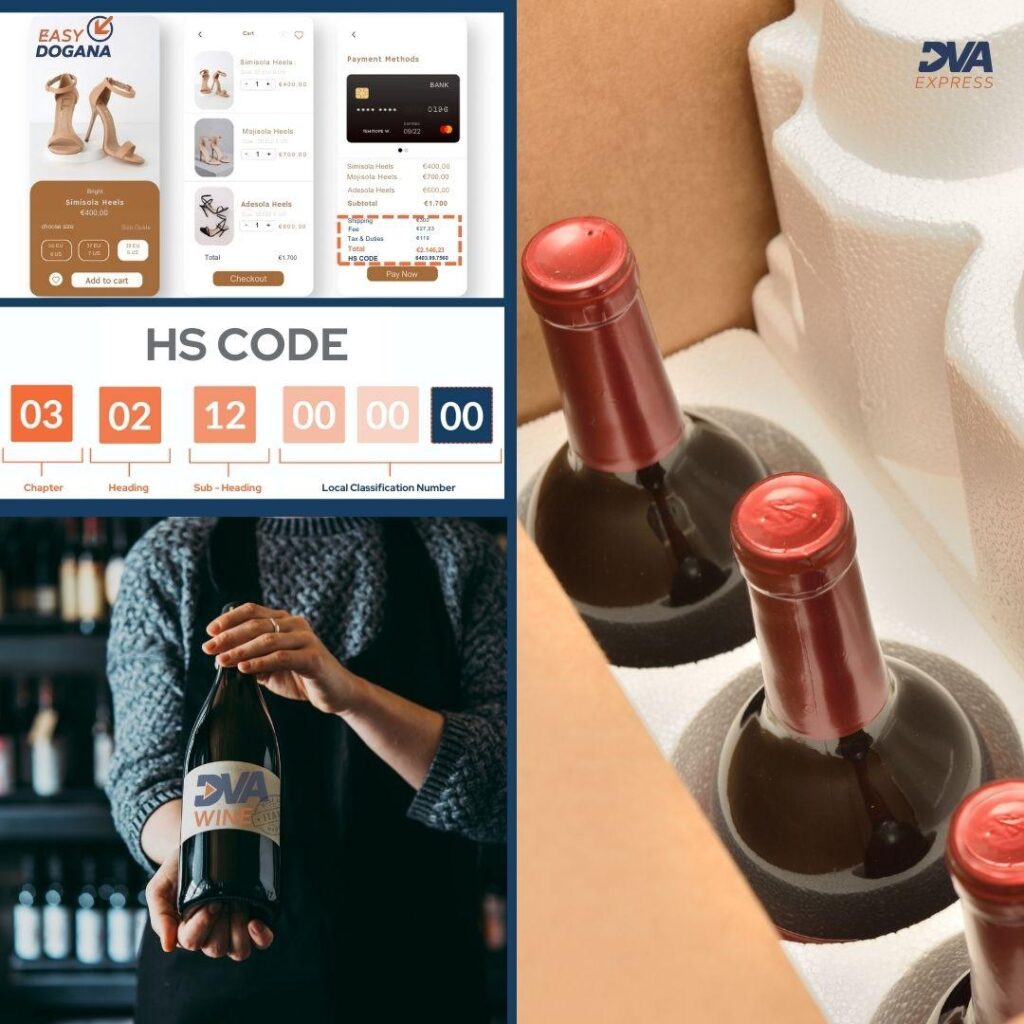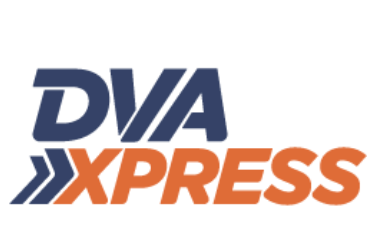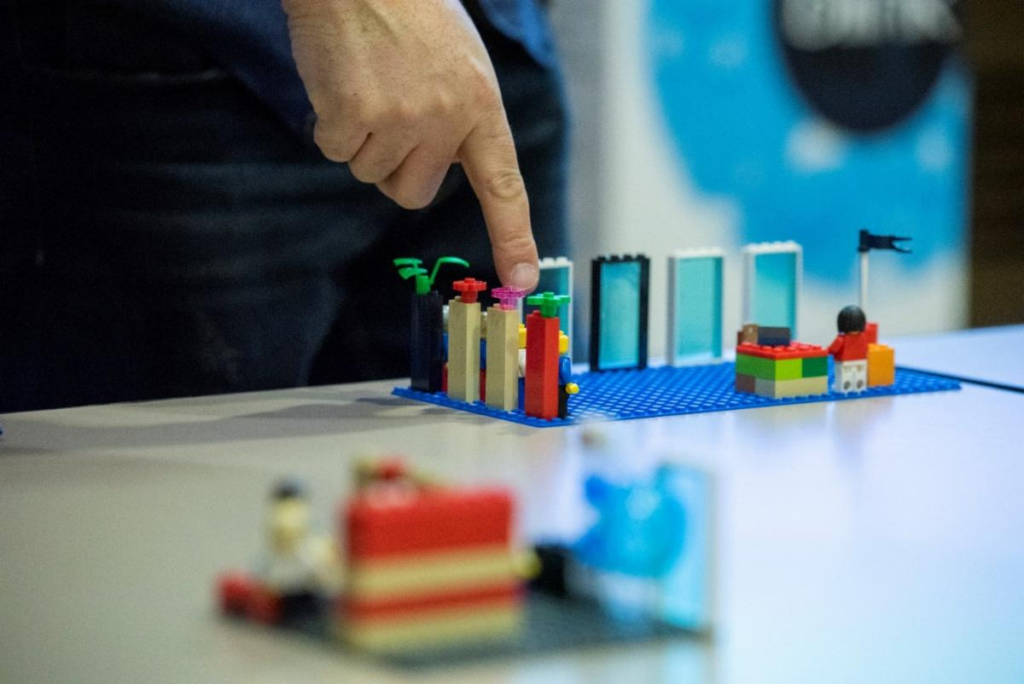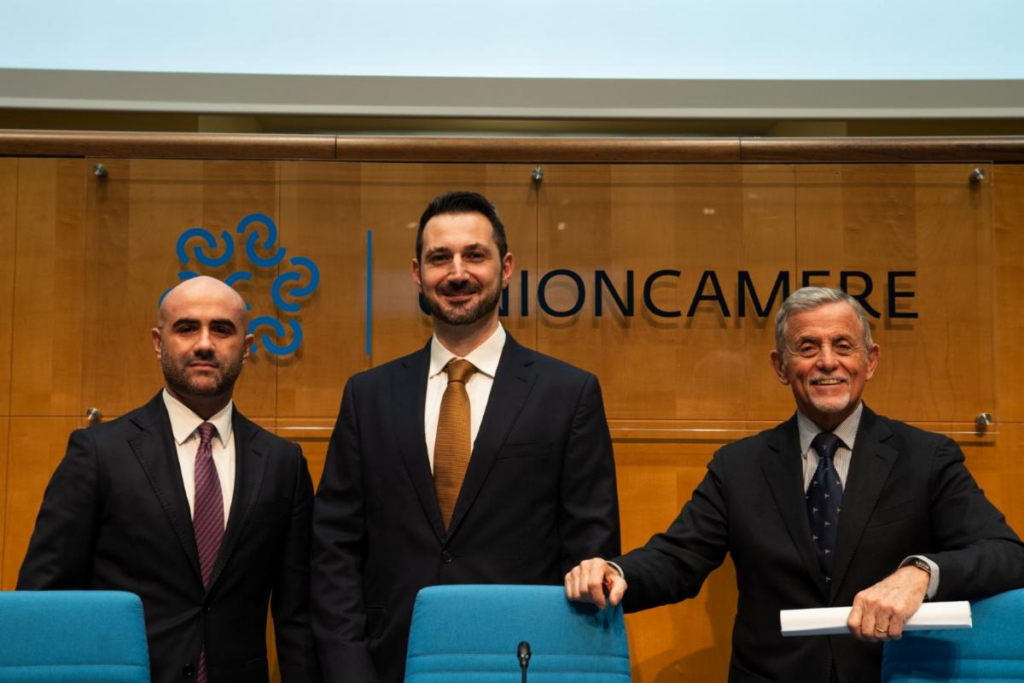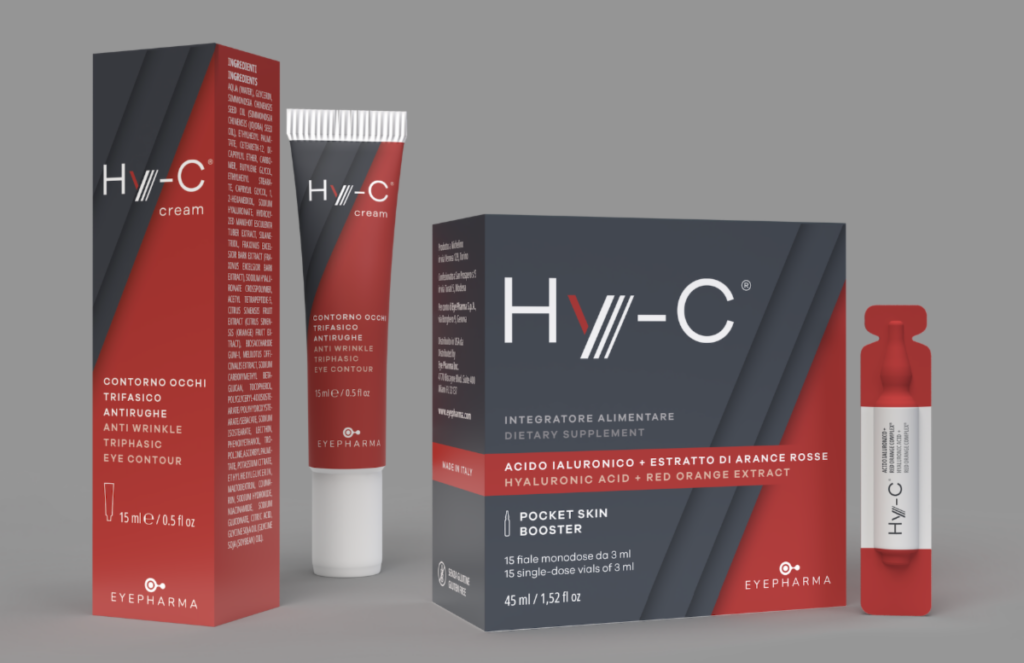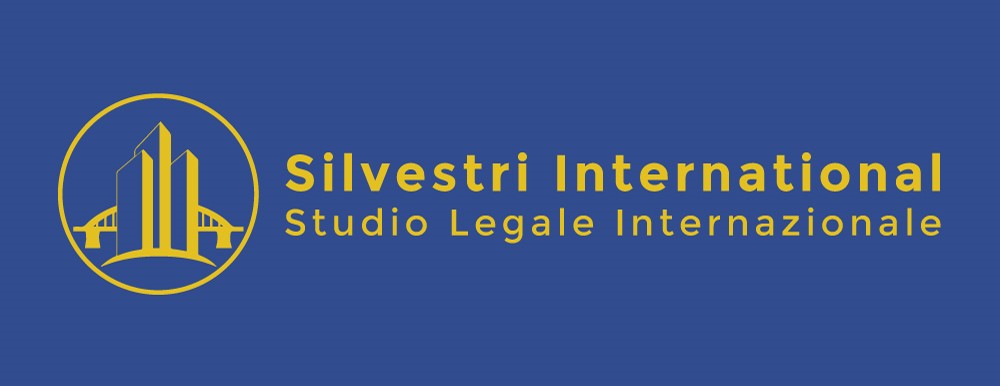By ADP
The U.S. Department of Labor (DOL) recently released a final rule that will increase the minimum salary required for administrative, professional and executive employees to be exempt from overtime. The final rule increases the minimum salary requirements first on July 1, 2024 and then again on January 1, 2025. With the first change less than two months away, now is the time to evaluate your options. Here are some guidelines for doing so.
Overview of changes
Effective July 1, 2024, the minimum salary for the administrative, professional and executive exemptions will increase from $684 per week to $844 per week (equivalent to $43,888 per year).
Effective January 1, 2025, the minimum salary required for these exemptions will increase from $844 per week to $1,128 per week (equivalent to $58,656 per year).
Employers continue to be permitted to use non discretionary bonuses, incentive payments and commissions to satisfy up to 10 percent of the minimum salary requirement for the administrative, professional and executive exemptions, as long as these forms of compensation are paid at least annually.
Note: Employees must also satisfy certain duties tests to be classified as exempt from overtime. The final rule didn’t change these duties tests.
Two options
If your exempt administrative, professional and executive employees’ salaries fall below the new federal salary requirement, you will generally either have to:
- Raise their salaries to the new requirement (if you elect this option, review employees’ job duties to ensure they continue to qualify for the applicable exemption); or
- Reclassify the affected employees as non-exempt and pay them overtime whenever they work more than 40 hours in a workweek.
Below we cover these options in detail.
Raising salaries
The option of raising salaries may be more cost-effective if the employee’s current salary is already close to the new minimum and/or they regularly work more than 40 hours per week.
If you elect to raise an exempt employee’s salary to meet the new minimum, review their job duties to ensure they continue to qualify for an exemption. You can use our calculator to estimate the costs of this option by simply entering your employees’ current salaries.
For many employers, raising employees’ salaries to the new minimum required salary may create wage compression (a situation that occurs when employees have similar salaries despite different qualifications or experience). Therefore, if you substantially increase some employees’ pay, other employees may have questions about why their pay isn’t increasing.
You should review the compensation of employees paid below the new threshold and may also want to consider, from an employee relations and financial perspective, raising the salary of other employees (particularly those paid slightly above the new required minimum) and communicate any such changes accordingly.
Reclassifying employees as non-exempt
If exempt employees don’t meet the new salary requirement, you can reclassify them as non-exempt and pay them overtime whenever they work more than 40 hours in a workweek. This option may be cost-effective if employees’ current salaries are far below the new requirement and/or they rarely work overtime.
To help determine whether it will cost less to raise employees’ salaries or reclassify the employees as non-exempt:
- Get an accurate picture of the hours exempt employees typically work per week. Factor in peak periods for your business and all the time that is considered “hours worked.” Under federal law, employers must pay non-exempt employees not only for time actually spent working, but also for certain nonproductive time. For example, under certain circumstances, travel time and time spent performing preliminary or postliminary activities can be deemed compensable work time for non-exempt employees.
- Use our calculator to help estimate the costs of raising salaries versus reclassifying employees.
If reclassifying employees makes the most sense for your business, you can simply convert their salary to an hourly wage (divide their weekly salary by 40 hours) and pay them overtime whenever they work more than 40 hours in a workweek. However, if these employees regularly work more than 40 hours per week and you want to keep your compensation costs the same, then you would need to account for the overtime premium when you reclassify them as non-exempt.
To take this cost-neutral approach, you can use this simple formula:
Weekly Salary
__________________________
[40 hours + (Overtime Hours Worked Per Week x 1.5)]
Here’s an example:
An exempt employee’s current salary is $770 per week, the employee regularly works 50 hours per week, and you want to convert this employee to an hourly employee but keep your costs the same. You would calculate the hourly wage as follows:
$770 Weekly Salary
______________________ = $14 hourly rate
[40 hours + (10 overtime hours x 1.5)]
Note: Employers have the option of paying non-exempt employees on a salary basis as long as the employee is paid at least the minimum wage for all hours worked and overtime when they work over 40 hours in a workweek. If you pay non-exempt employees on a salary basis, you must ensure that all time worked is accounted for and that the employee is paid overtime when due.
Options for highly compensated employees
There is also a special exemption for “highly compensated employees” who have a total annual compensation of a specified amount and regularly perform at least one of the exempt duties or responsibilities of an exempt executive, administrative or professional employee.
Effective July 1, 2024, the minimum total compensation requirement for the exemption will increase to $132,964 per year, including at least $844 per week that must be paid on a salary or fee basis.
If your exempt highly compensated employees’ weekly salary is less than $844 as of July 1, 2024, you generally must either raise their salaries to $844 per week or reclassify them as non-exempt. If your exempt highly compensated employees’ weekly salary is at least $844 but their total annual compensation is less than $132,964 per year, you generally have three options:
- Raise their total annual compensation to $132,964 per year (if you elect this option, review employees’ job duties to ensure they continue to qualify for the highly compensated employee exemption);
- Reclassify the affected employees as non-exempt and pay them overtime whenever they work more than 40 hours in a workweek; or
- Apply the full duties tests of the administrative, professional or executive exemptions. If the employee satisfies the full duties test of one of these exemptions, you can consider reclassifying them as exempt under one of these exemptions and keep your compensation costs the same by meeting the new weekly salary requirement for those exemptions, rather than raising their total annual compensation to $132,964 per year. If the employee cannot completely satisfy the full administrative, professional, or executive duties test, then select one of the first two options.
Note: Effective January 1, 2025, the minimum total compensation requirement for the exemption for highly compensated employees will increase to $151,164 per year, including at least $1,128 per week that must paid on a salary or fee basis.
Conclusion
If you have one or more exempt employees who earn a weekly salary of less than the new minimum requirement, you should evaluate your options for complying with the final rule. Keep in mind the final rule includes a mechanism to automatically update the salary and total compensation thresholds every three years.
The final rule will likely face legal challenges. We will be monitoring the status of the rule closely and updating our FLSA and Overtime Exemption Rule Guide as any developments unfold.

